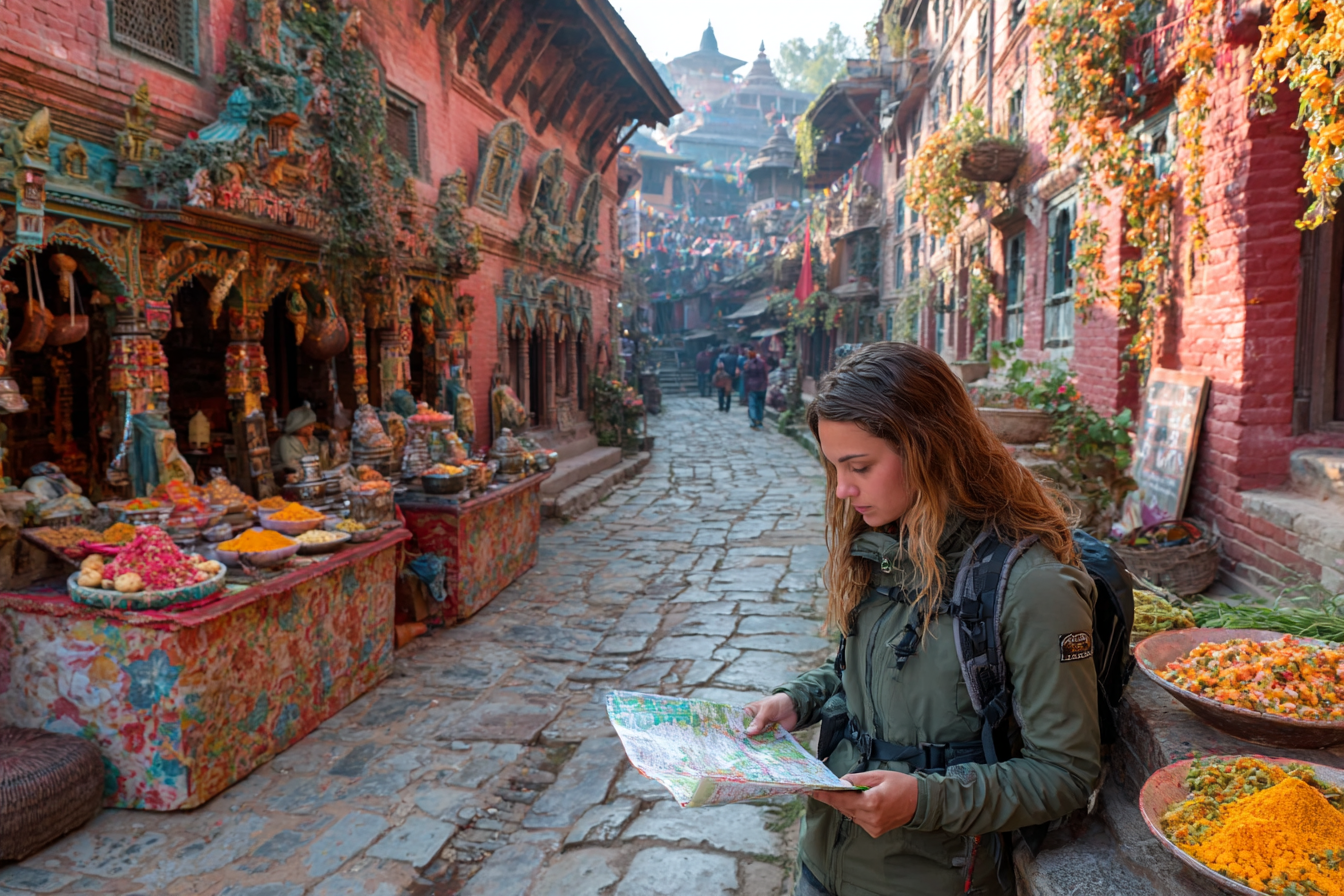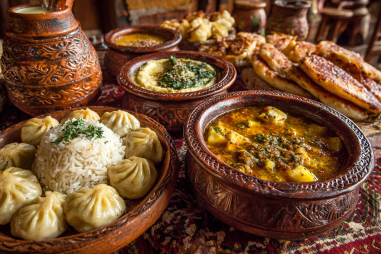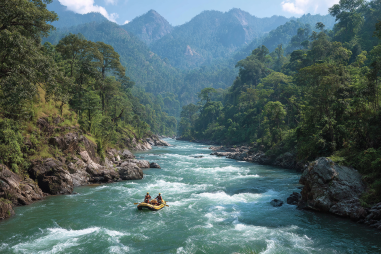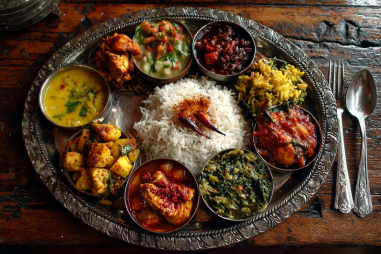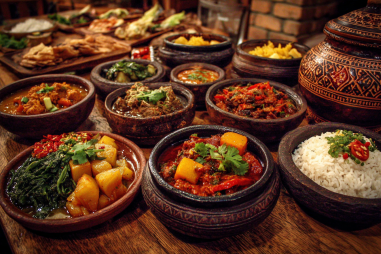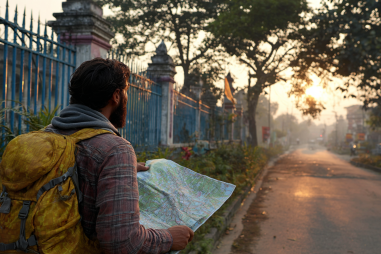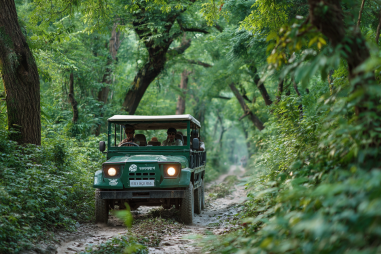Planning a trip to Patan, one of Nepal’s most culturally rich and historically significant cities, can be an exciting adventure. To ensure your visit goes smoothly and you have a truly enjoyable experience, it’s helpful to be well-prepared. From understanding local customs to managing your transportation and health needs, these essential Patan travel tips cover everything you need to know for a hassle-free trip.
Cultural Norms and Etiquette
Patan, also known as Lalitpur, is renowned for its exquisite Newar culture and ancient temples. Respect for local customs and traditions is crucial when exploring this heritage city.
When visiting religious sites like the Patan Durbar Square or the many Buddhist stupas and Hindu temples, dress modestly and remove your shoes before entering. It’s polite to avoid loud conversations or disruptive behavior inside sacred spaces.
Greeting locals with a warm “Namaste” (placing your hands together and slightly bowing) is appreciated and shows respect. Photography is generally allowed but always ask before taking pictures of people, especially monks, or inside temples where restrictions may apply.
When offered food or gifts, accept with your right hand or both hands as a sign of courtesy. Avoid touching someone’s head or pointing your feet toward people or religious idols, as these gestures are considered disrespectful.
Weather and Best Visiting Times
Patan enjoys a temperate climate with four distinct seasons, each affecting your travel experience differently.
The best time to visit Patan is during the spring months of March to May, when flowers bloom, and the weather is pleasantly warm. Autumn, from late September to November, is also ideal, offering clear skies and comfortable temperatures.
Summer (June to August) coincides with the monsoon season, bringing heavy rainfall and humid days, which might make sightseeing difficult. Winter (December to February) is cooler with occasional fog but can still be a serene time to explore the city’s cultural spots without large crowds.
Safety and Health Tips
Patan is generally a safe destination for travelers, but standard precautions can help ensure a trouble-free trip.
Keep an eye on your belongings, especially in crowded areas such as markets or tourist attractions. Avoid displaying expensive jewelry or large amounts of cash openly to reduce the risk of petty theft.
Tap water is not safe to drink, so always consume bottled or purified water. Be cautious with street food—choose stalls that appear clean and busy with locals to minimize the risk of foodborne illnesses.
If you plan to walk extensively or explore nearby hills, wear sturdy footwear and carry a small first aid kit. Also, make sure your vaccinations are up to date before traveling.
Currency and Money Matters
The official currency in Patan, as throughout Nepal, is the Nepalese Rupee (NPR). It’s best to carry a mix of cash and cards, as ATMs and bank branches are relatively accessible but not always available in more remote areas.
Major credit and debit cards are accepted in hotels, larger restaurants, and some shops, but smaller vendors and markets often prefer cash. Exchanging foreign currency is straightforward—exchange bureaus and banks provide fair rates. It’s advisable to keep smaller denominations on hand for everyday transactions.
Be mindful that haggling is common in markets and with local artisans, so don’t hesitate to negotiate prices politely.
Language and Communication
Nepali is the official language of Nepal, but in Patan, the Newar language is also widely spoken among locals. English is commonly understood and spoken in tourist areas, hotels, and by younger people, making communication relatively easy for international visitors.
Learning a few basic Nepali or Newar phrases like “Hello” (Namaste), “Thank you” (Dhanyabad), and “How much?” (Kati ho?) can enhance your interactions and show respect towards locals.
Wi-Fi is available in many cafes and hotels, but connectivity can be spotty outside urban zones, so having a local SIM card for data might be useful if you want reliable internet access on the go.
Transportation Advice
Getting around Patan is relatively straightforward but requires a bit of local knowledge for the most efficient experience.
Tuktuks and cycle rickshaws are popular short-distance transport options that provide an authentic and affordable way to explore the narrow streets and alleys of Patan. Always agree on a fare before starting your ride.
For longer trips or traveling outside the city, tourist taxis and private cars are available. Public buses connect Patan with Kathmandu and other nearby towns but may be crowded and unpredictable in schedule.
If you enjoy walking, many of Patan’s key attractions are close to each other, and meandering on foot allows you to soak in the atmosphere and discover hidden gems.
Preparing in advance with these practical Patan travel tips will ensure a memorable visit to this enchanting city steeped in culture and history. From respecting local customs to navigating the streets and staying healthy, a little knowledge goes a long way in making your Patan trip enjoyable and stress-free.

